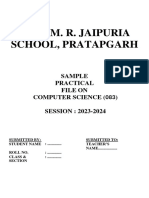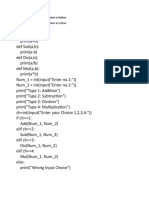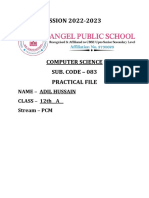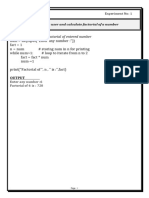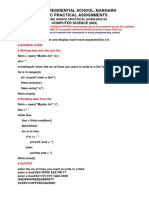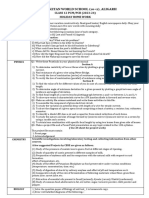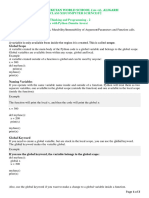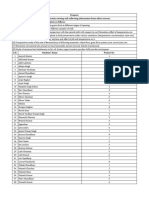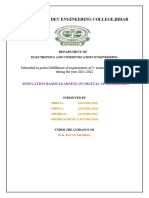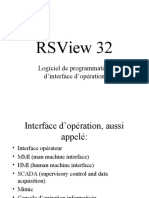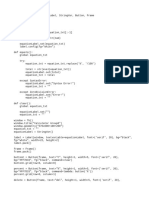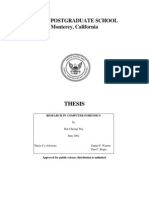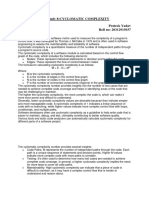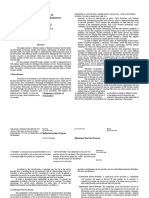0% found this document useful (0 votes)
137 views10 pagesClass 12 Program
The document contains 20 programming problems related to computer science concepts like sorting, searching, file handling, and stacks. The problems cover basic operations like bubble sort, insertion sort, arithmetic progression, left shift of an array, random number generation, and file operations like reading, writing, appending, and searching data. Problems 18-20 focus on creating and manipulating CSV files to store competition results and employee data. The programs demonstrate fundamental programming concepts.
Uploaded by
lavyasharma566Copyright
© © All Rights Reserved
We take content rights seriously. If you suspect this is your content, claim it here.
Available Formats
Download as PDF, TXT or read online on Scribd
0% found this document useful (0 votes)
137 views10 pagesClass 12 Program
The document contains 20 programming problems related to computer science concepts like sorting, searching, file handling, and stacks. The problems cover basic operations like bubble sort, insertion sort, arithmetic progression, left shift of an array, random number generation, and file operations like reading, writing, appending, and searching data. Problems 18-20 focus on creating and manipulating CSV files to store competition results and employee data. The programs demonstrate fundamental programming concepts.
Uploaded by
lavyasharma566Copyright
© © All Rights Reserved
We take content rights seriously. If you suspect this is your content, claim it here.
Available Formats
Download as PDF, TXT or read online on Scribd
/ 10



